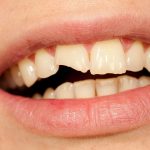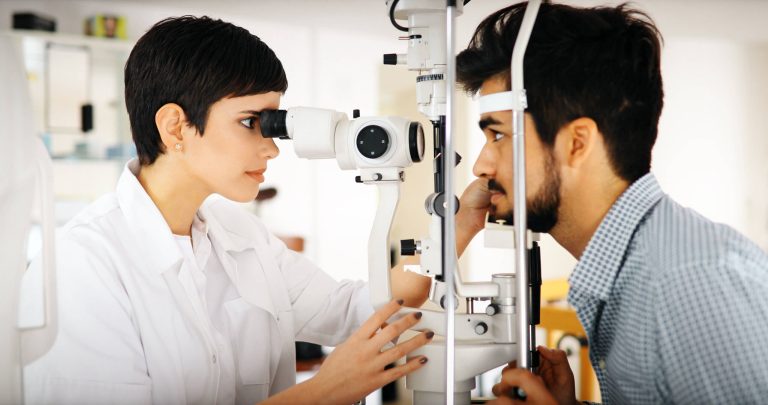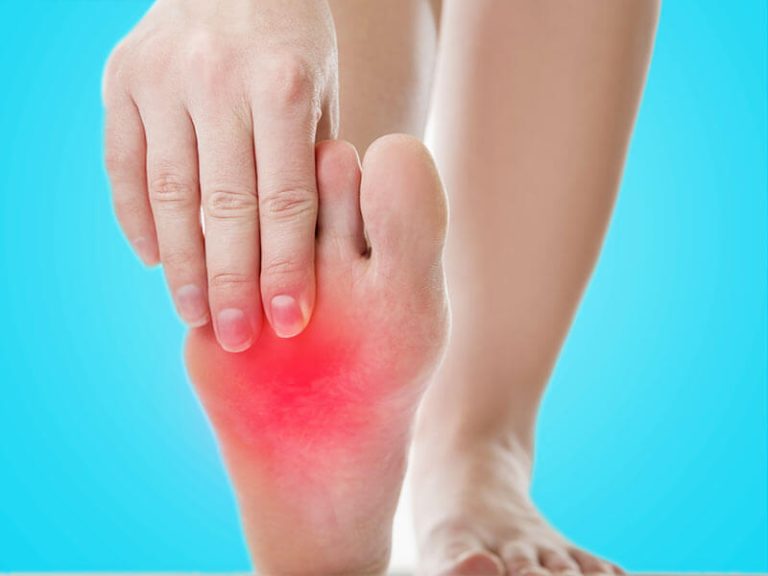Day: January 25, 2024
Fibrositis – what is this and how can massage help?
Fibrous connective tissue is where damaged fibres mend themselves together and present as a form of hard lump like ‘knot’. Fibrous connective tissue has very […]
Things To Know If You Are Facing A Dental Emergency
Dental problems might not be serious at first glance, but so is everything else that later escalates into drastic situations. Hence, proper treatment and care […]















